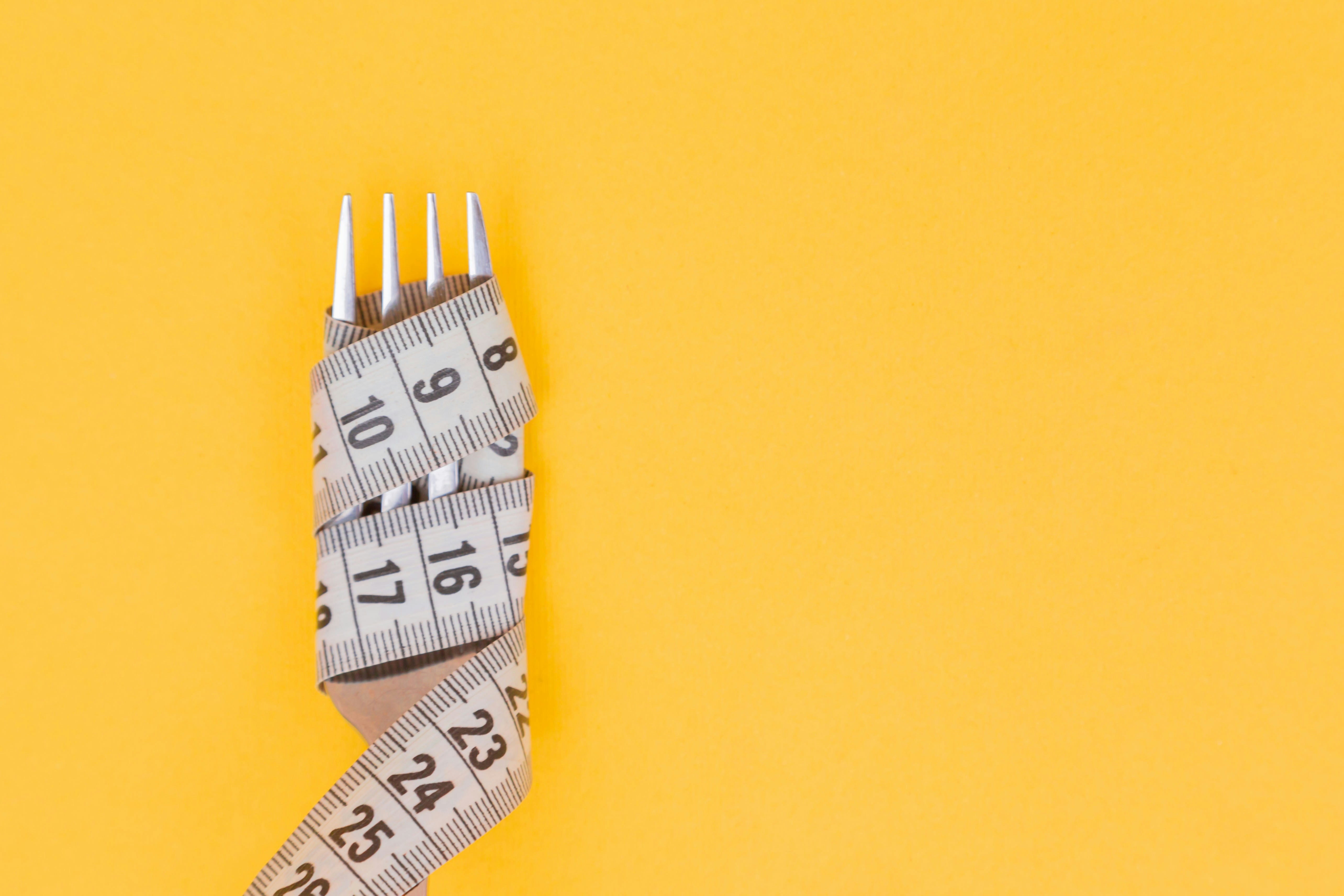Media release
From:
Study suggests weight loss could help treat and manage hip osteoarthritis
A randomized controlled trial evaluated the efficacy of a weight loss diet added to exercise on the change in hip pain among adults with hip osteoarthritis. The study found that adding a weight loss diet did not change hip pain severity; however, it did benefit secondary outcomes including physical function, body weight, and other measures of pain. The results suggest that weight loss could be a potential treatment option for the management of hip osteoarthritis. The study is published in Annals of Internal Medicine.
Researchers from Sydney Musculoskeletal Health, The Kolling Institute, University of Sydney and colleagues studied data from 101 adults aged 50 or over with hip osteoarthritis, overweight or obesity, and hip pain for three or more months in Melbourne and Sydney, Australia between June 2021 and January 2023, with follow-up until January 2024.
Participants were randomly assigned to either exercise only or a very low calorie diet (VLCD) plus exercise. They were then randomly assigned a physiotherapist, and if assigned in the VLCD plus exercise, randomly assigned a dietician. Components of the exercise only group consisted of five consultations with a physiotherapist and a home strengthening exercise program. The VLCD plus exercise group underwent the same exercise components along with six consultations with a dietitian to support them undertaking a ketogenic VLCD.
The primary outcome was 6-month change in hip pain severity. Secondary outcomes were reported at 6 and 12 months and included body weight, BMI, and hip pain physical function and hip-related quality of life subscales of the Hip Disability and Osteoarthritis Outcome Score (HOOS). The researchers found that at 6 months, there was no evidence of a between-group difference in hip pain severity. Similar results were found at 12 months. All secondary outcomes, with the exception of HOOS pain and function, favored VLCD plus exercise at 6 months. However, the benefits of VLCD plus exercise for HOOS pain and function become apparent at 12 months. Additionally, 82% of VLCD plus exercise participants achieved greater than 5% body weight loss versus 16% in exercise only.
The findings stimulate further research on clinical topics including whether weight loss can reduce or delay hip joint replacement surgery.



 Australia; NSW; VIC
Australia; NSW; VIC



